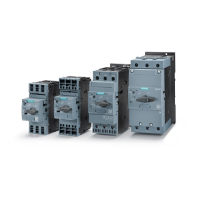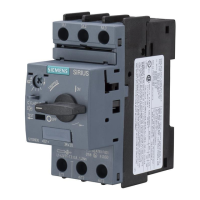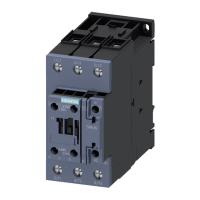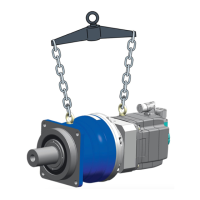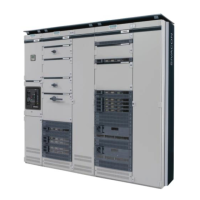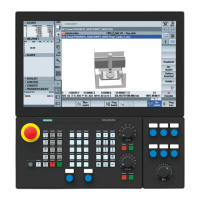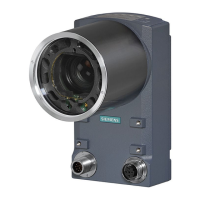SIRIUS 3RR2 current monitoring relays
8.5 Configuration
SIRIUS Innovations
System Manual, 01/2011, A8E56203870002-03
697
8.5.2.5 Cable break and phase failure
A phase failure or cable break will cause the lifting force of a crane, for example, to drop to
50%, thereby posing the risk of personal injury and damage to property. This strong
asymmetry subjects the motor windings to thermal overload. The current monitoring relay
detects the cable break or phase failure and shuts the motor down immediately.
8.5.2.6 Rotating field detection with motors
The phase sequence defines the direction of rotation in three-phase motors. Equipment and
product safety law requires that phase sequence monitoring is implemented due to the risk
to life and limb.
The 3RR224.-.F.30 digital setting current monitoring relay monitors the phase sequence and
trips if this is incorrect.
Examples of the consequence of incorrect phase sequence:
● Screw compressors compressing in the wrong direction ⇒ risk of explosion
● Cranes and elevators moving in the wrong direction
● Conveyor belts and saws rotating in the wrong direction
● Coolant transport for pumps and motors not working
8.5.2.7 Motor protection in the case of special applications
According to DIN EN 60204, all motors with a power rating > 0.5 kW have to be protected
against impermissible temperature rise.
Possible ways of protecting the motor against impermissible temperature rise:
● Overload protection
● Overtemperature protection
● Protection by means of current limiting
Protection by means of current limiting
Current measurement not only protects the motor but also enables many system states to be
permanently monitored.
Current monitoring with adjustable ON-delay of up to 99 s is the best solution for extremely
long start processes.
In the case of frequent start/braking processes (driving against limit stop, fast direction of
rotation changes or motors for rapid traverse, for example) a current monitoring relay
protects the motor in the overload and underload ranges.

